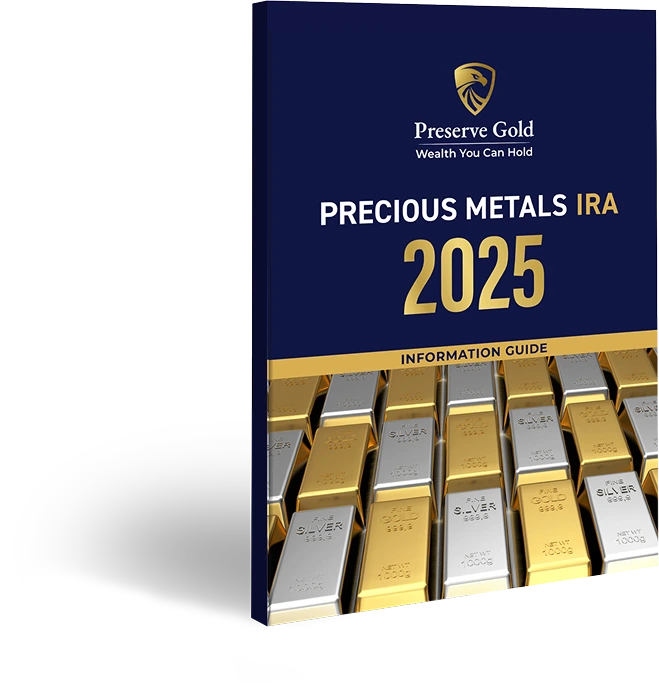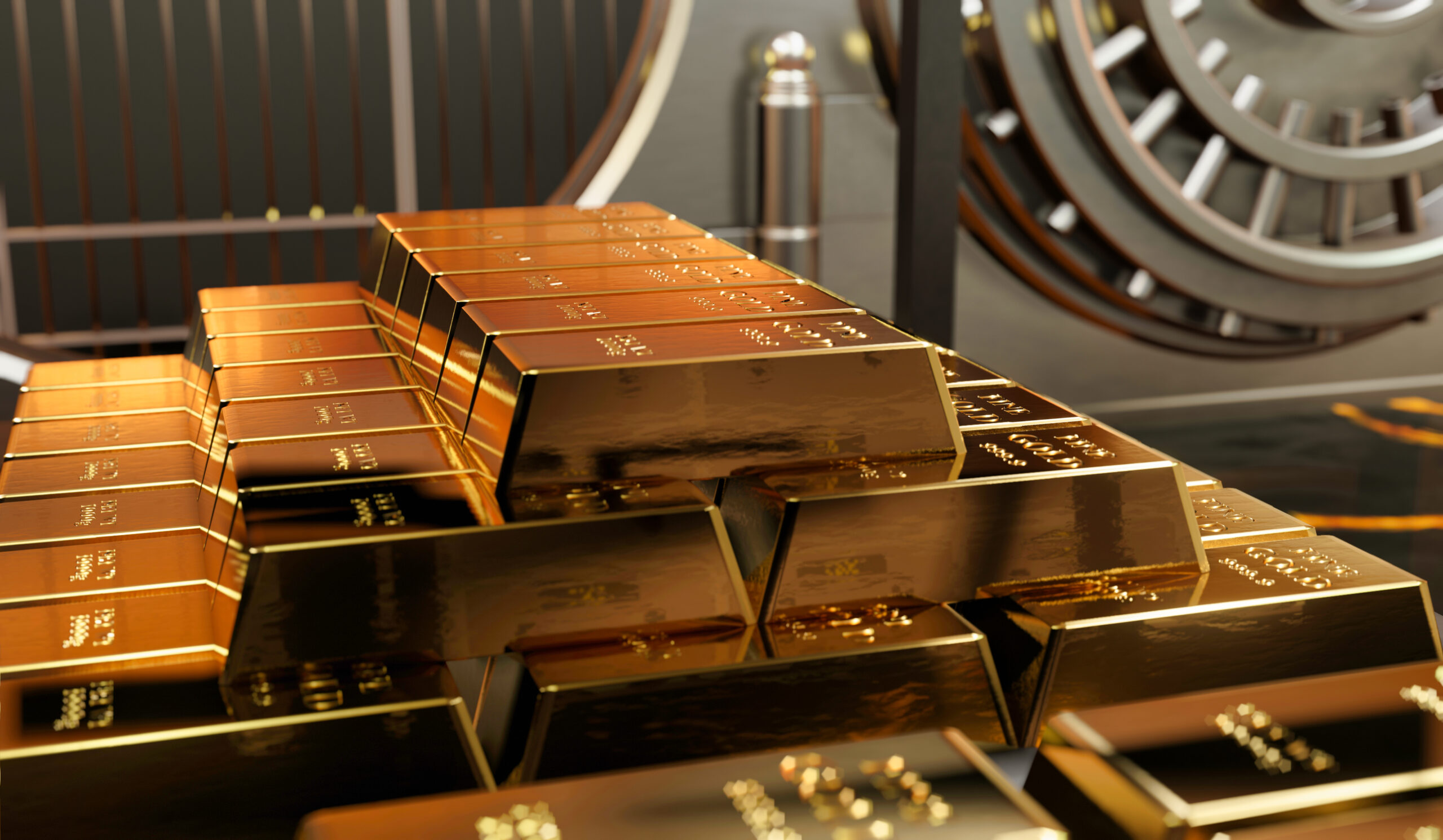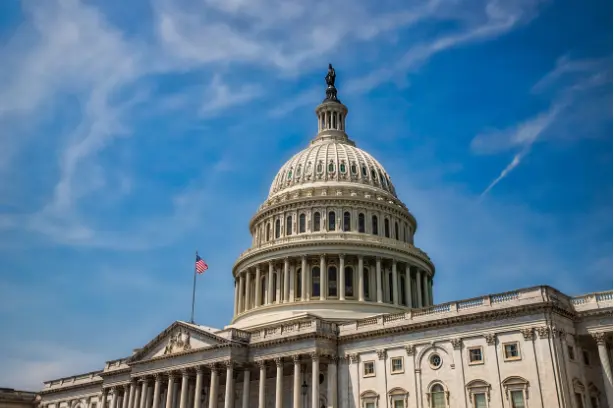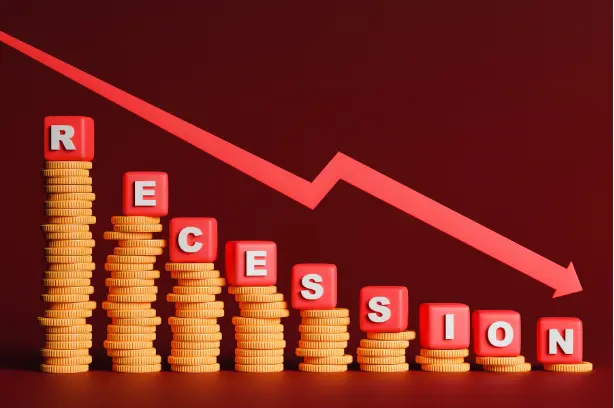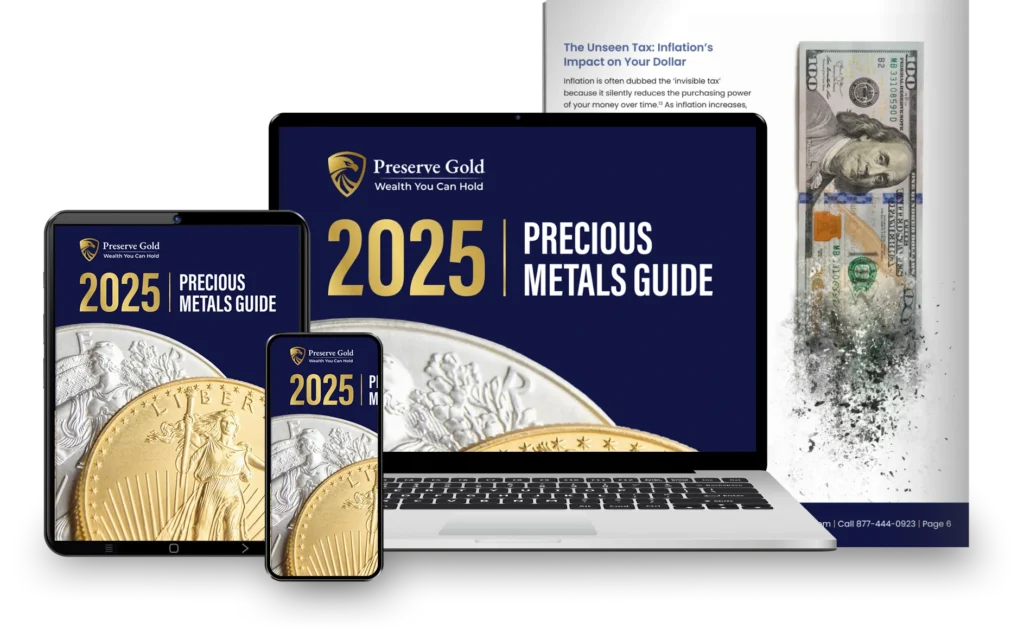Silver may not get all the attention that gold does when it comes to investments, but this precious metal has plenty of good things going for it. Thanks to its superb electrical conductivity, it enjoys industrial use in products like solar panels, TV screens, engine bearings, and even medications. Silver’s value also tends to remain fairly stable in times of economic uncertainty.
What will silver be worth in 10 years? Below, learn about market trends that could impact the value of silver in the next decade.
Current Price Trends of Silver
Before we dive into what silver might be worth in 10 years, let’s take a look at its current value. As of December 2024, an ounce of silver sells for about $31. Comparatively, the spot price for one ounce of gold is more than $2,640, and for platinum, it’s about $950. Prices can change from one minute to the next.
Historically, silver’s value has gone through rises and lulls. In 2022, for example, a troy ounce of silver sold for about $18. This was primarily due to anticipated small interest rate increases in the U.S.
Silver’s value is currently on the rise in part due to anticipated interest rate cuts from the Federal Reserve and speculation that China will announce stimulus measures before 2024 comes to an end.
Factors Influencing Silver Prices
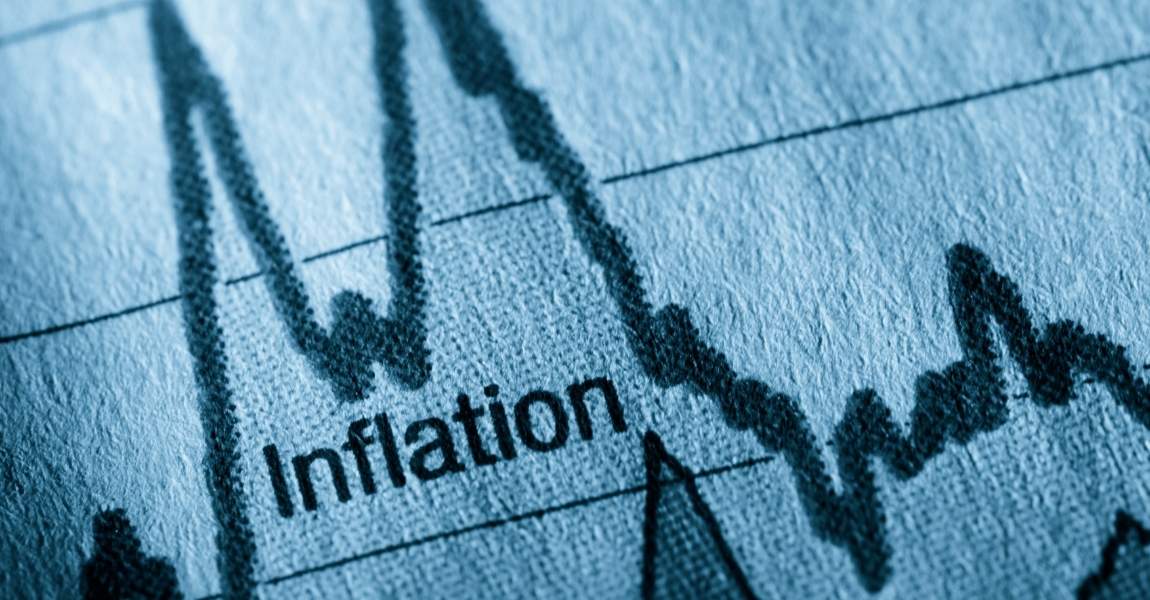
What exactly influences the price of silver? One of the main factors is industrial demand. Silver is used in everything from soldering to powering solar panels. It also has antibiotic properties, making it useful in medical applications. The greater the demand for silver, the higher its price will climb.
Market investment also impacts the price of silver. As more traders invest in this precious metal, demand for it will increase. In some cases, retail buyers attempt to manipulate the price of silver and other precious metals through unscrupulous means.
For example, buyers recently purchased large amounts of physical silver and silver exchange-traded funds (ETFs) to pressure big banks holding short silver positions. The manipulation worked, causing silver’s price to jump to $30 per ounce, an all-time 10-year high.
Inflation, interest rates, and currency strength all play a role in silver’s value. As mentioned earlier, the price of silver tends to rise when anticipated interest rate decreases are on the horizon.
Global trade dynamics and geopolitical events also impact silver’s value. For example, if one country imposes tariffs on another, the price of silver might rise significantly.
Lastly, there are supply constraints. Should silver mining companies happen to underperform, there will be less of the metal to go around, causing the price to jump.
Addressing the Safety of Investing in Silver
With all that said, is silver a safe investment? It can be. Like other precious metals, it tends to hold its value better than investments like stocks and bonds. Historically, silver has provided a good hedge against inflation and economic downturns. Owning silver won’t completely protect you from economic collapse, but it can provide a cushion until the economy recovers.
Another big benefit of silver is diversification. It can be beneficial to diversify your portfolio with precious metals instead of only holding traditional investments. For instance, while your stocks underperform, silver’s value may remain stable.
However, as with any investment, silver doesn’t come without risks. Market liquidity and regulatory changes could impact its price. So, too, could advancements in technology that lessen the demand for silver.
Silver’s Value in the Event of a Dollar Collapse
What would happen to the value of silver if the U.S. dollar were to collapse? Historical precedent tells us that silver’s value would most likely increase.
Take, for instance, the infamous period of hyperinflation in Germany in the 1920s. This period came about due to the large sums of money Germany had to pay the Allies as reparation for World War I. The cost of goods skyrocketed, and the value of the German mark was 16 times less than the dollar. However, silver’s value skyrocketed by more than 1,000%.
This example illustrates silver’s role as a strong hedge against inflation when fiat currency is performing poorly. In unstable economic times, the purchasing power of fiat money decreases, and people turn to more stable, tangible investments like silver and gold as a means to protect their wealth. An increased demand for silver means higher prices.
Silver is also an appealing investment because it has a lower barrier to entry than other, more expensive precious metals, such as gold. Its price tends to fluctuate between $20 and $30 per ounce, making it much easier to afford than gold, which can cost well over $2,000 an ounce.
Projected Silver Prices in 10 Years: Various Scenarios
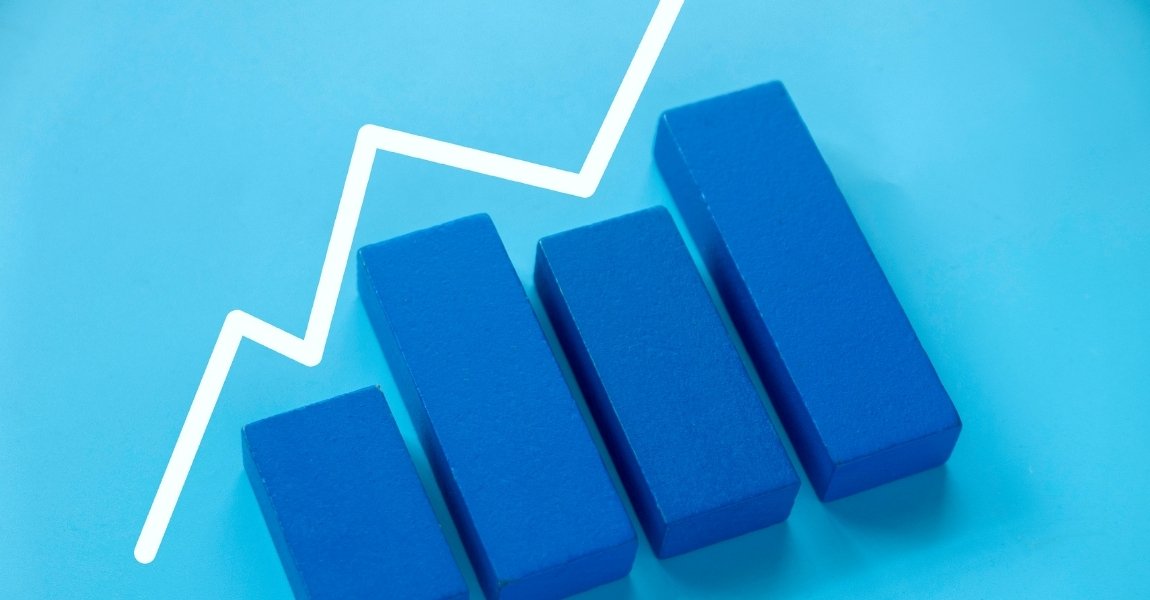
So, what will silver be worth in 10 years? Even the top financial analysts don’t have a crystal ball that predicts the future, and long-term speculation should always be taken with a grain of salt. Let’s go over an optimistic and pessimistic scenario to help you understand how silver’s value might or might not change.
First, the “good news” scenario. Silver’s value could skyrocket due to the rising interest in renewable energy sources. Silver is the world’s best conductor of electricity, making it vital for the production of solar panels. It’s also a necessary component in electronics, the demand for which won’t decrease anytime soon.
Geopolitical and economic uncertainty could also drive the demand for silver. China and Mexico, for instance, are the world’s biggest silver producers. In 2021, they produced 3,400 and 5,600 metric tons of silver, respectively. Tariffs and sanctions on either of these countries could increase the scarcity of silver, causing prices to rise significantly.
Now, let’s consider the pessimistic scenario. Suppose technological advancements arise that reduce the industrial need for silver. For instance, perhaps an alternative material that provides the same benefits as silver for a lower cost is found or created. Were this to happen, demand for silver would drop, and so would its value.
Another possibility is an oversupply of silver. Mining companies might produce more silver than anticipated, creating an overabundance of the metal. When the supply of silver exceeds the demand, its price will likely plummet. This could also happen if there is an increase in silver recycling efforts.
Many analysts agree that the most likely scenario is somewhere in the middle, where balanced supply and demand dynamics maintain the steady price growth of silver along with inflation.
Some financial analysts have bullish price predictions for the precious metals market, which means they anticipate strong price growth. Others estimate that silver will reach $50 an ounce in 2025 and hit $77 before 2028. These estimates are based on 50-year price trends and inflation expectations, as well as on the price of gold. When gold does well, silver tends to perform well, too.
Learn More About Investing in Silver
What will silver be worth in 10 years? It’s impossible to say for sure, but as of now, the future looks bright for this precious metal. If you’d like to learn more about silver and precious metals IRAs, contact Preserve Gold at (877) 444-0923.
Note: The above information does not constitute financial advice. Consult a financial advisor for further guidance on the topic.

